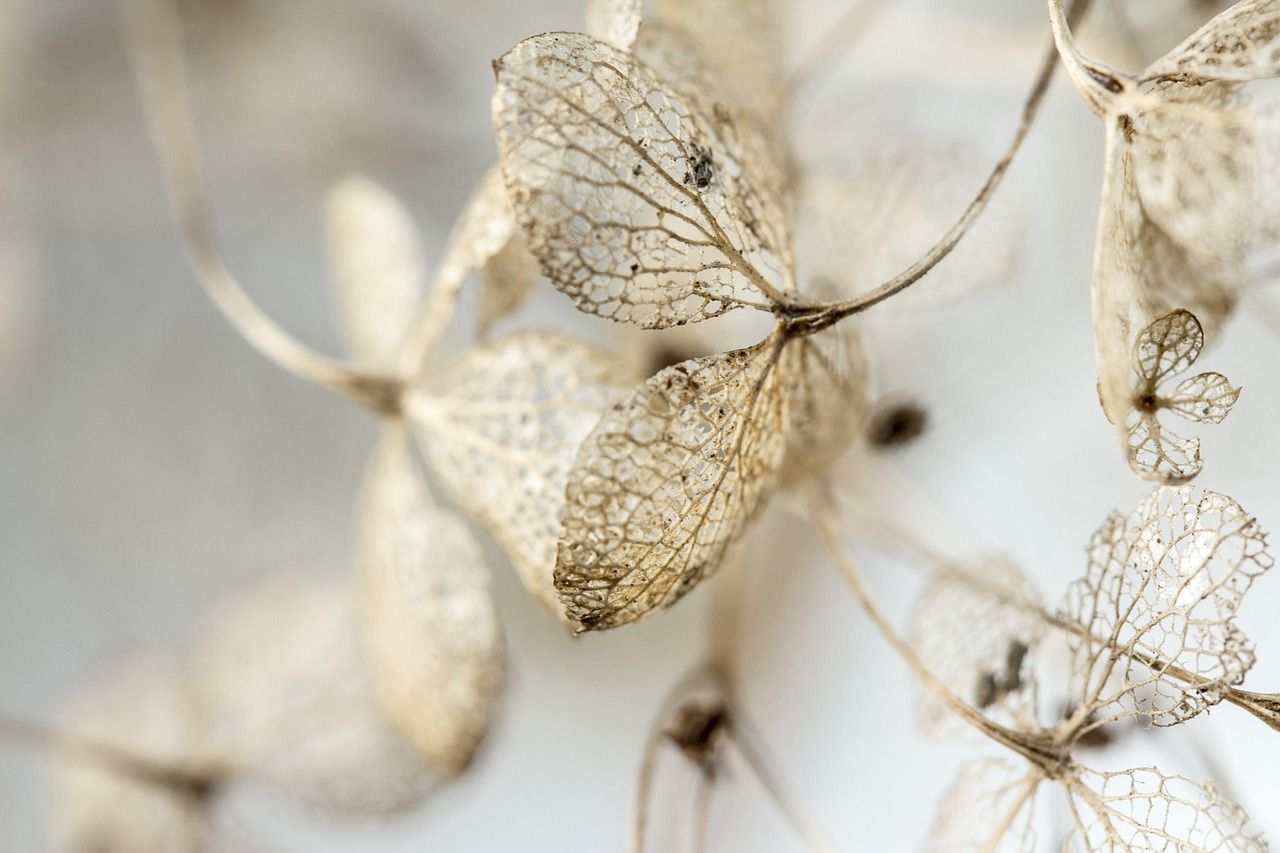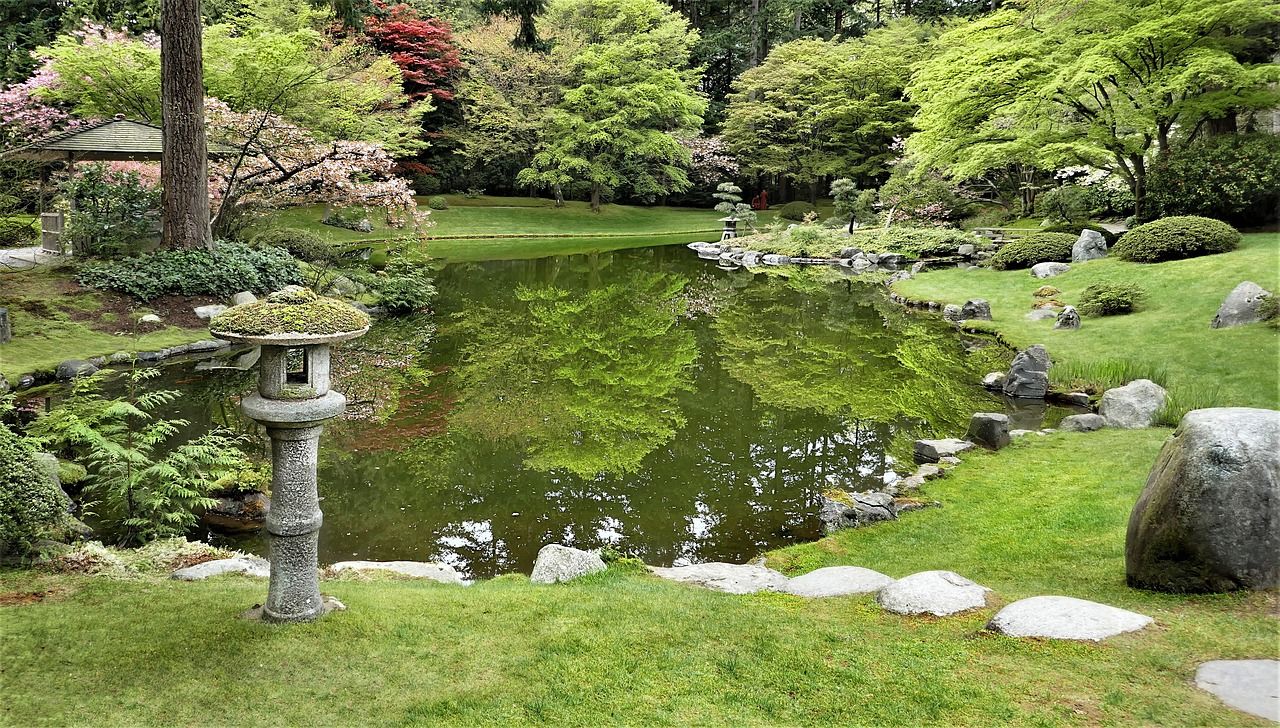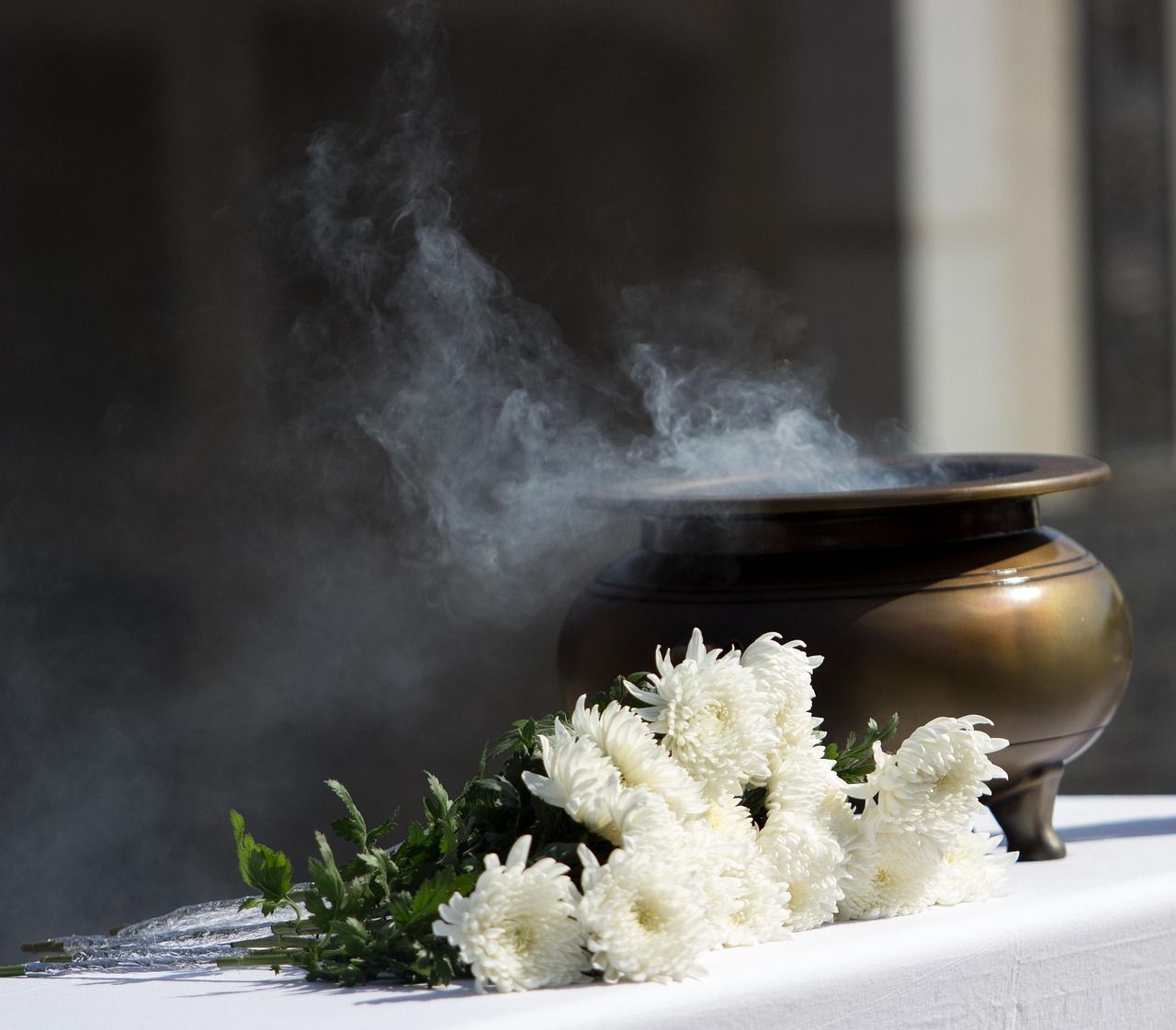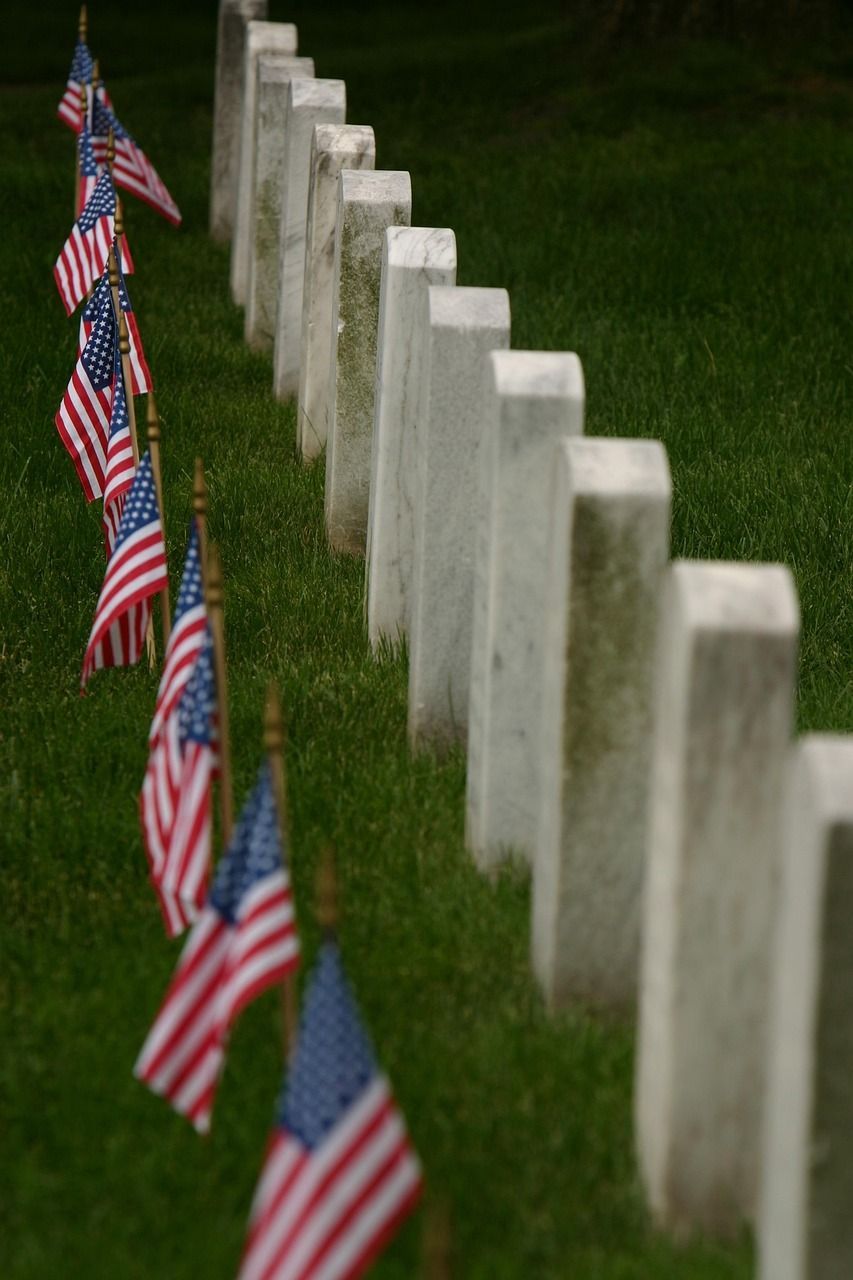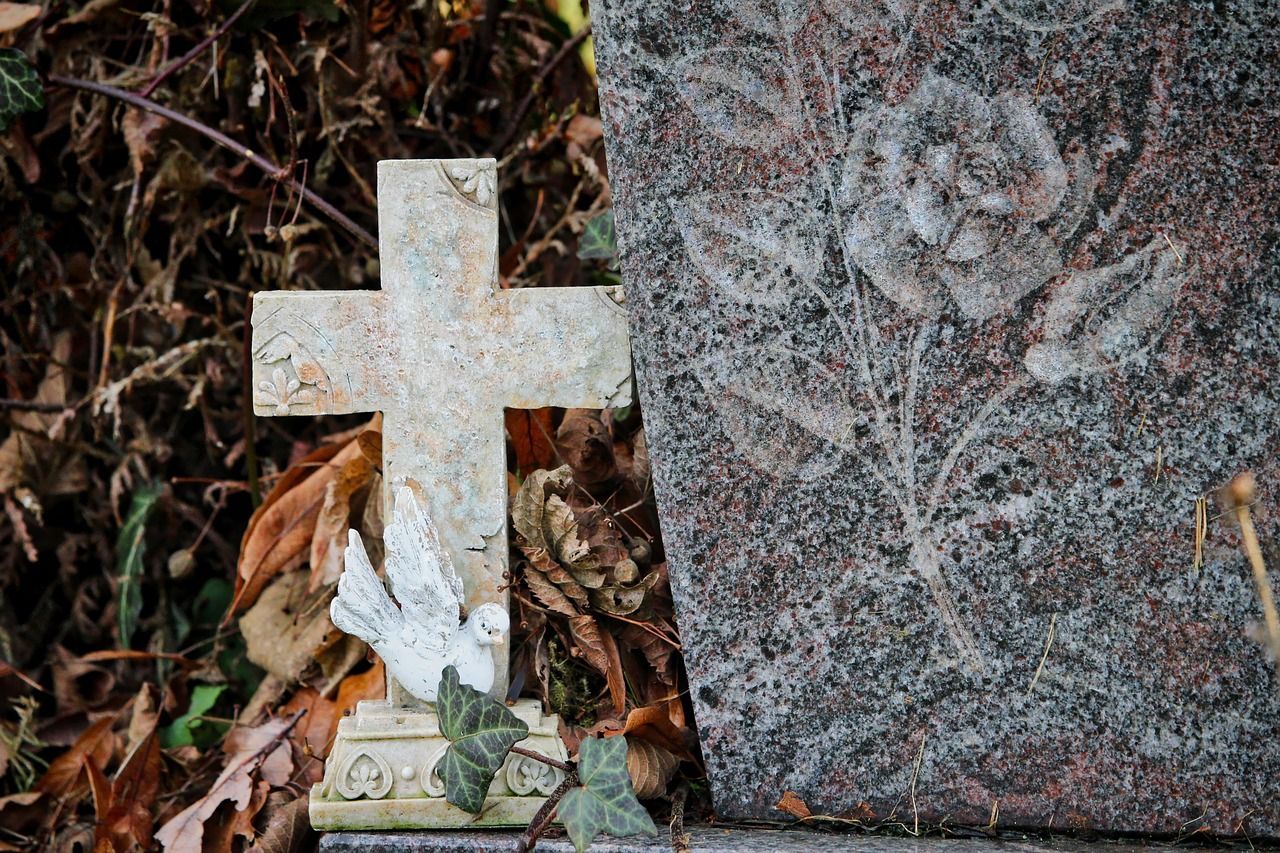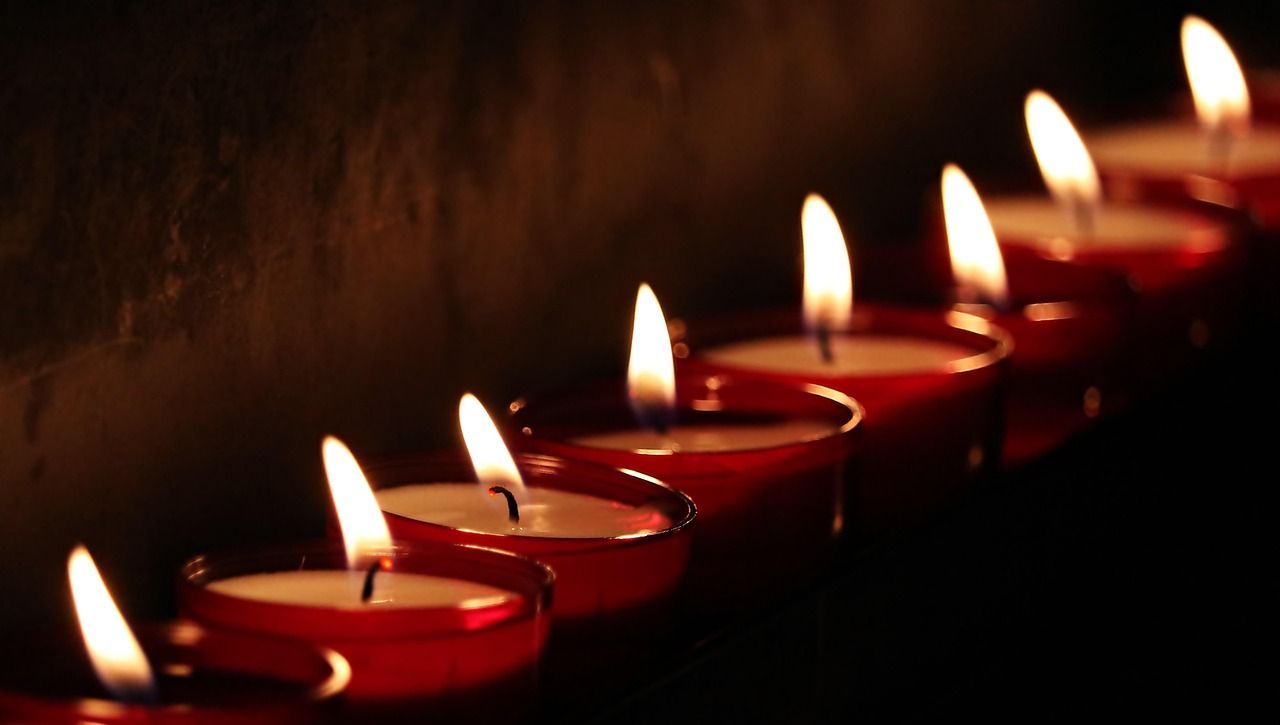Memorial Trees & Flowers: Symbolic Ways to Honor a Loved One's Legacy
Plant a memorial tree to eternally honor your loved one, capturing their essence in a lively tribute of growth and remembrance. Each leaf carries the spirit of their memory, a living connection blending past, present, and future. Choose species like the mighty oak for strength or the delicate cherry blossom for shared moments. Guarantee proper care by providing sunlight, water, and attention, nurturing the tree's vitality. For a colorful tribute, plant flowers like lilies for purity or roses for eternal love. Expand your knowledge of symbolic ways to honor your loved one's legacy with a closer look at different tree species and planning meaningful dedication ceremonies.
Key Takeaways
- Plant a memorial tree to symbolize eternal remembrance and growth.
- Select flowers like lilies, roses, or forget-me-nots for meaningful tributes.
- Choose tree species like oak or cherry blossom for symbolic significance.
- Create a flower garden tribute with seasonal blooms and personalized elements.
- Plan a dedication ceremony with community involvement and sustainable practices.
The Significance of Memorial Trees
Planting a memorial tree acts as a living tribute that symbolizes eternal remembrance and growth in honor of your loved one's enduring legacy. The act of tree planting goes beyond a mere physical gesture; it embodies the essence of a lasting tribute, capturing the spirit of your loved one's life in a symbol that continues to flourish and grow over time.
Each branch that stretches towards the sky, each leaf that rustles in the wind, carries with it the essence of their memory, creating a poignant connection between the past, present, and future.
The choice to plant a memorial tree is a profound one, filled with symbolic gestures that speak to the heart. As the tree takes root and begins to grow, it mirrors the growth symbolism inherent in the passage of life itself. Just as your loved one's legacy continues to influence and inspire those around them, the tree stands tall and strong, a living tribute to their impact on the world.
In the quiet moments spent tending to the tree, watering its roots, and watching it blossom, you engage in remembrance rituals that honor the memory of your loved one. These simple acts of care and attention serve as a gentle reminder of the enduring bond you share, ensuring that their presence is felt in every rustle of leaves and every whisper of the wind.
Types of Memorial Flowers to Consider
When selecting memorial flowers to honor a loved one's legacy, contemplate the symbolic meanings and personal significance behind each bloom. Each type of memorial flower carries its own unique message of remembrance and love. Here are some thoughtful options to ponder for funeral bouquets, sympathy wreaths, remembrance arrangements, tribute sprays, and memorial plantings:
Memorial Flowers Symbolic Meaning Personal Significance
|-----------------------|----------------------------------------------------------|----------------------------------------------------------------|
Lily Purity, renewal, and restored innocence Ideal for honoring a loved one's grace
Rose Love, beauty, and eternal devotion Represents the enduring love for the departed
Forget-Me-Not Remembrance, true love, and memories Perfect for keeping memories alive
Carnation Affection, admiration, and deep love Symbolizes the lasting bond with the deceased
Each of these flowers can be incorporated into various arrangements to create a meaningful tribute to your loved one. Whether you choose a classic rose for its timeless beauty or a forget-me-not to keep cherished memories alive, the selection of memorial flowers can be a heartfelt way to honor and celebrate the legacy of those we hold dear.
How to Plant a Memorial Tree
To honor your loved one's memory in a lasting and symbolic way, consider the meaningful act of planting a memorial tree. When starting on this path, each step in the process holds significance, from selecting the perfect tree to nurturing its growth over time.
Here's how you can plant a memorial tree that will stand as a living tribute to your cherished one:
- Tree Selection:
Choose a tree species that resonates with your loved one's spirit or embodies qualities they cherished. Consider factors like size, foliage color, and bloom time to find the perfect match.
- Land Preparation:
Guarantee the chosen planting site has adequate sunlight, proper drainage, and enough space for the tree to thrive. Clear the area of any debris, rocks, or competing vegetation to give your tree the best start.
- Tree Planting:
Dig a hole twice as wide as the root ball and at the same depth. Gently place the tree in the hole, backfill with soil, and water thoroughly to settle the roots.
- Growth Process:
Monitor your memorial tree regularly, watering it as needed, and providing protection from harsh weather conditions. As your tree grows, it will serve as a symbol of remembrance and hope, symbolizing the enduring legacy of your loved one.
Embrace the beauty of this process, knowing that each care-filled action contributes to the growth and flourishing of a living tribute that will honor your loved one for years to come.
Creating a Flower Garden Tribute
Choosing an array of colorful blooms that resonate with your loved one's essence can transform your outdoor space into a flourishing flower garden tribute. Each flower carefully selected can be a representation of a cherished memory or trait, creating a peaceful and beautiful sanctuary to honor their legacy. Consider incorporating seasonal blooms to guarantee a lively display throughout the year, reflecting the ever-changing but constant presence of your loved one in your heart.
To enrich the tribute garden further, you can personalize the space with decorative stones engraved with meaningful quotes or their name, adding a touch of elegance and remembrance. DIY projects like creating personalized plaques can also be a heartfelt addition, allowing you to infuse your love and memories into the garden layout.
To help you plan and organize your flower garden tribute effectively, below is a table showcasing some vital elements to contemplate:
Element Description
|---------------------------|----------------------------------------------------------------------------------------------------------------------------------------------------|
Seasonal Blooms Choose flowers that bloom throughout the year, ensuring a continuous display of color.
Garden Layout Plan the arrangement of flowers and decorative elements to create a harmonious and tranquil space.
Decorative Stones Engrave stones with personalized messages or your loved one's name to add a personal touch to the garden.
DIY Projects Engage in DIY projects like creating personalized plaques to infuse the garden with love and memories.
Crafting a flower garden tribute is not just about planting flowers; it's about creating a living memorial that celebrates the life and essence of your loved one, bringing comfort and solace to your heart.
Symbolism Behind Different Tree Species
Explore the profound symbolism embodied by various tree species, each carrying unique meanings and connections to nature and life. When selecting a tree for a memorial tribute, consider the following:
- Oak Tree:
Symbolizing strength, longevity, and endurance, planting an oak tree can represent the lasting impact and resilience of your loved one's legacy.
- Cherry Blossom Tree:
Known for its fleeting beauty and reminder of the transient nature of life, a cherry blossom tree can symbolize the preciousness of each moment shared with your loved one.
- Willow Tree:
With its graceful weeping branches, the willow tree signifies healing, inner strength, and the path of grief and acceptance, providing a soothing presence in the garden.
- Magnolia Tree:
Representing beauty, dignity, and perseverance, the magnolia tree can honor your loved one's elegance and ability to bloom even in challenging times.
Each tree species not only adds natural beauty to the memorial garden but also carries deep symbolism reflecting the essence of your loved one's spirit.
When planning the garden design and ceremony, consider how the chosen tree species can enrich the atmosphere and create a meaningful tribute that resonates with those who visit.
Incorporating these symbolic elements can turn the memorial site into a place of solace, remembrance, and celebration of a cherished life.
Caring for Memorial Trees and Flowers
Nurturing memorial trees and flowers involves providing necessary care to guarantee their longevity and beauty in honor of your loved one's legacy. When it comes to flower arrangements, consider selecting blooms with special meaning to your loved one or ones that evoke cherished memories. Incorporating these flowers into the design not only adds beauty but also carries a deeper significance, making the memorial even more special.
For tree maintenance, regular watering, pruning, and fertilizing are vital to make sure the tree thrives and remains healthy. Symbolic gestures, such as planting the tree in a meaningful location or dedicating specific days to its care, can add emotional value to the process. These acts serve as a reminder of the everlasting impact your loved one had on your life.
Gardening tips like mulching to retain moisture, protecting the tree from harsh weather conditions, and monitoring for any signs of pests or disease are necessary for the tree's well-being. By following these practices, you aren't only preserving the legacy of your loved one but also creating a lasting tribute that will continue to bloom and grow for years to come.
Planning a Meaningful Dedication Ceremony
As you prepare to honor your loved one's legacy through a dedication ceremony, envision creating a heartfelt event that celebrates their life and the beauty of nature. Planning a meaningful dedication ceremony involves thoughtful considerations to guarantee a touching and memorable event for all attendees.
Here are some key elements to include:
- Personalized Tributes:
Incorporate personalized touches like favorite flowers, colors, or meaningful symbols that reflect your loved one's unique essence.
- Community Involvement:
Invite friends and family to share stories, poems, or songs that highlight the impact your loved one had on their lives, nurturing a sense of togetherness and support.
- Environmental Impact:
Choose sustainable practices like planting native trees or flowers to contribute positively to the environment, symbolizing growth and renewal.
- Emotional Healing:
Create a safe space for emotional expression, allowing attendees to grieve, reminisce, and find solace in the collective memories shared during the ceremony.
- Celebratory Rituals:
Incorporate rituals that honor your loved one's life, such as releasing biodegradable balloons or lighting candles, to signify love, remembrance, and the continuation of their legacy.
Frequently Asked Questions
Can Memorial Trees Be Planted Indoors?
Yes, you can plant memorial trees indoors, but it's crucial to choose a suitable tree species that thrives indoors. Make sure proper sunlight exposure, well-draining soil, regular watering without overwatering, and attention to tree care for longevity.
Are There Specific Flowers for Different Personalities?
When choosing flowers for different personalities, consider their meanings. Symbolic blooms like roses for love or daisies for innocence can reflect traits. Create personalized floral arrangements in memorial gardens for unique, heartfelt tributes.
How Long Do Memorial Trees Typically Live?
Memorial trees, with proper care, can thrive for generations, adapting to their environment. Understanding their growth patterns and employing correct planting techniques are essential. Expect a lifespan of many years, nurturing a lasting legacy.
Can I Personalize a Memorial Tree With a Plaque?
You can absolutely personalize a memorial tree with a plaque! Adding a custom plaque to the tree dedication in a memorial garden creates a lasting tribute. This symbolic gesture adds a personal touch, making it a unique and heartfelt memorial.
Is It Possible to Plant Flowers in Memory of a Pet?
When planting in memory of a pet, you can choose from various flower types to honor their legacy. Consider the symbolism behind each bloom to create a beautiful garden tribute that reflects your pet's spirit.
Conclusion
Now that you've learned about the profound symbolism behind memorial trees and flowers, you're ready to start on a path of honoring your loved one's legacy in a truly magnificent way.
Envision a flourishing garden filled with lively blooms and majestic trees standing tall, symbolizing the enduring memories and love you hold in your heart.
Let this living tribute be a proof to the beauty and resilience of life, a reflection of the eternal bond you share with your cherished one.

